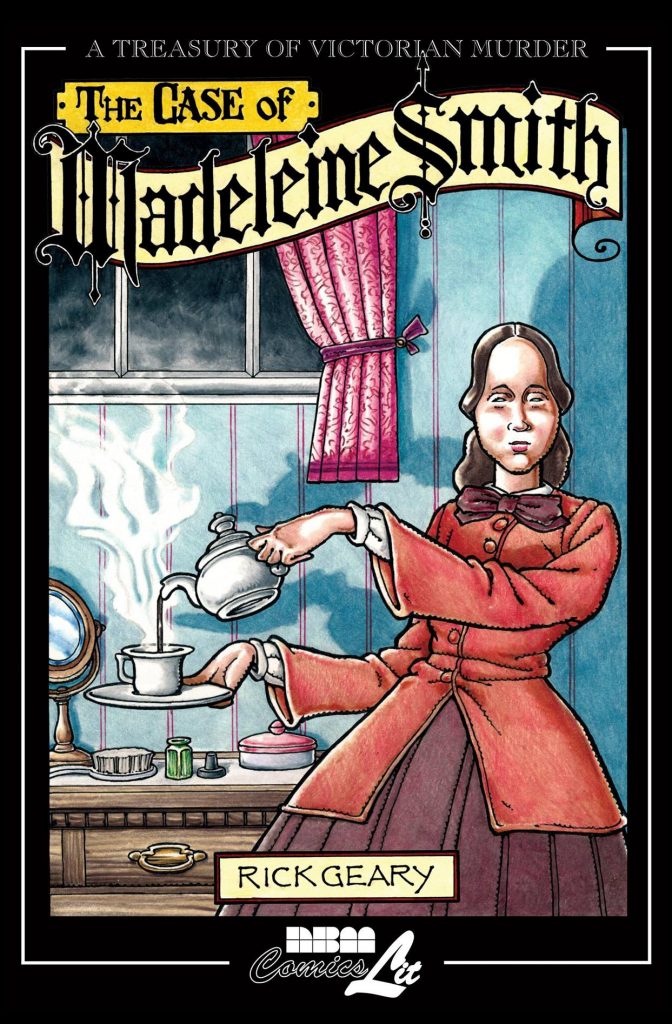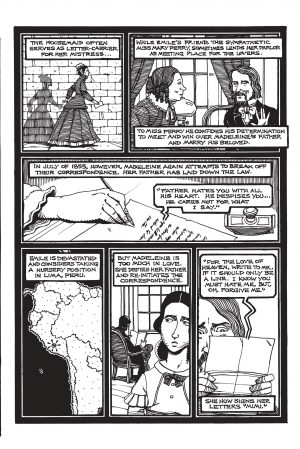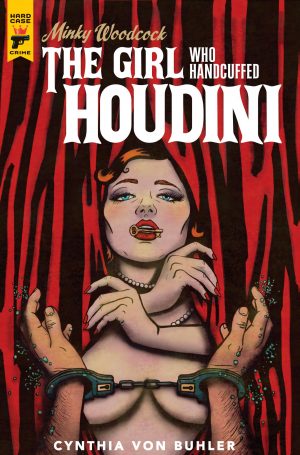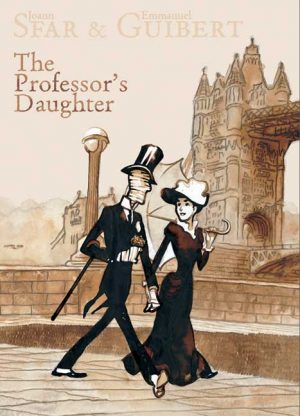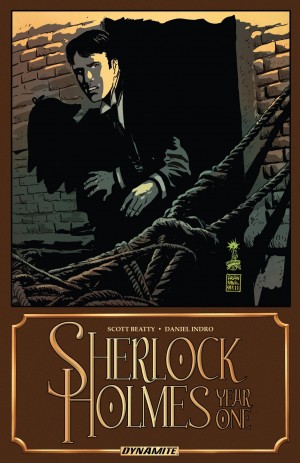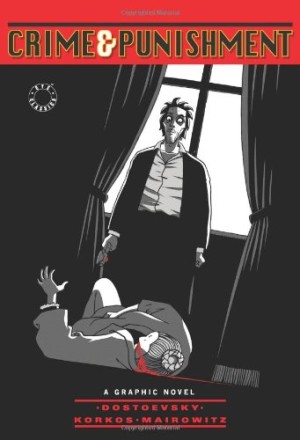Review by Frank Plowright
There’s a great consistency to Rick Geary’s Treasury of Victorian Murder series, each of which offers much the same strengths. Created in the days before online ease, Geary’s research is deep and diligent, he maintains a dispassionate narrative voice, sticking to what’s known, and his art is as meticulous as his writing. This outing, however, differs slightly for various reasons.
It’s always seemed out of place that Geary titles his series The Treasury of Victorian Murder when almost all the cases he focuses on are American. This however, does occur in Victorian Britain and features other eminent Victorians, as Madeleine Smith lived in Glasgow during the 1850s, then considered the second city of the British Empire. In 1857 it was not fully industrial, enriched by tobacco merchants and adorned by the grand buildings they constructed. What also perhaps differs this story from most others is that the curious can still visit most city locations mentioned, despite Glasgow not being known for diligently preserving its history. Her original family home is now demolished, and St Jude’s church is now the Malmaison Hotel, but the house where the family moved still stands on a corner of Blythswood Square, and the historic Ramshorn cemetery still graces Ingram Street.
Also marking this story out is that the many letters written to Emile L’Anglier were found after his death and Geary is able to quote them extensively. Madeleine Smith came from the upper middle classes, her father a respected architect, and what Geary brings out efficiently is the ludicrous formality of British society. Having noticed each other on the street, Emile L’Anglier had to manipulate situations over several months before he could be introduced to Madeleine, and the subterfuge indicated by her surviving letters is melodrama of the highest order. Propriety also plays a part in his eventual downfall when he claims the only right thing to do is inform Madeleine’s father of their relationship.
Despite the Victorian trappings, in many ways Madeleine’s story is a very modern one. Having changed her mind about her affections an obstacle requires removing, and she appears utterly cold and calculating in poisoning her former lover. Yet is that the actual story? Geary’s penultimate sequence is riveting courtroom drama where the defence can supply evidence of L’Anglier’s earlier unfortunate love life and threatened suicides. Did he kill himself?
Any crime fan should be completely satisfied with Geary’s excavations, the case of Madeleine Smith is no different in that respect.
